
Ralph C. Merkle is an American computer scientist and mathematician. He is one of the inventors of public-key cryptography, the inventor of cryptographic hashing, and more recently a researcher and speaker on cryonics.

Ronald Linn Rivest is a cryptographer and computer scientist whose work has spanned the fields of algorithms and combinatorics, cryptography, machine learning, and election integrity. He is an Institute Professor at the Massachusetts Institute of Technology (MIT), and a member of MIT's Department of Electrical Engineering and Computer Science and its Computer Science and Artificial Intelligence Laboratory.
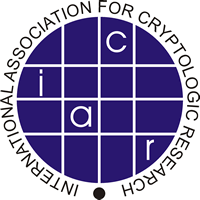
The International Association for Cryptologic Research (IACR) is a non-profit scientific organization that furthers research in cryptology and related fields. The IACR was organized at the initiative of David Chaum at the CRYPTO '82 conference.
Cryptomathic is a software company specializing in the area of cryptography for e-commerce security systems. The company develops secure software for the financial and governmental industries. It focuses especially on developing back-end solutions using hardware security modules.

Vincent Rijmen is a Belgian cryptographer and one of the two designers of the Rijndael, the Advanced Encryption Standard. Rijmen is also the co-designer of the WHIRLPOOL cryptographic hash function, and the block ciphers Anubis, KHAZAD, Square, NOEKEON and SHARK.
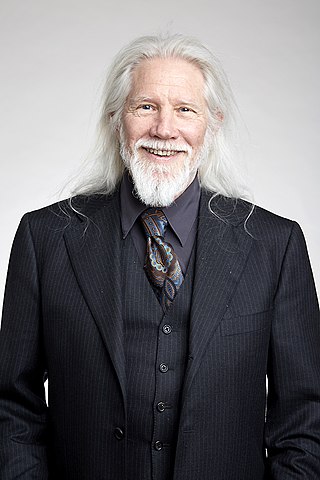
Bailey Whitfield 'Whit' Diffie ForMemRS is an American cryptographer and mathematician and one of the pioneers of public-key cryptography along with Martin Hellman and Ralph Merkle. Diffie and Hellman's 1976 paper New Directions in Cryptography introduced a radically new method of distributing cryptographic keys, that helped solve key distribution—a fundamental problem in cryptography. Their technique became known as Diffie–Hellman key exchange. The article stimulated the almost immediate public development of a new class of encryption algorithms, the asymmetric key algorithms.

Clifford Christopher Cocks is a British mathematician and cryptographer. In the early 1970s, while working at the United Kingdom Government Communications Headquarters (GCHQ), he developed an early public-key cryptography (PKC) system. This pre-dated commercial offerings, but due to the classified nature of Cocks' work, it did not become widely known until 1997 when the work was declassified.
Lars Ramkilde Knudsen is a Danish researcher in cryptography, particularly interested in the design and analysis of block ciphers, hash functions and message authentication codes (MACs).
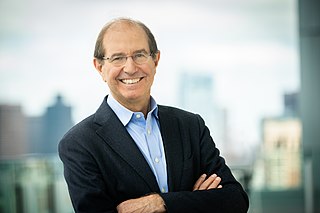
Silvio Micali is an Italian computer scientist, professor at the Massachusetts Institute of Technology and the founder of Algorand, a proof-of-stake blockchain cryptocurrency protocol. Micali's research at the MIT Computer Science and Artificial Intelligence Laboratory centers on cryptography and information security.
Ivan Bjerre Damgård is a Danish cryptographer and currently a professor at the Department of Computer Science, Aarhus University, Denmark.
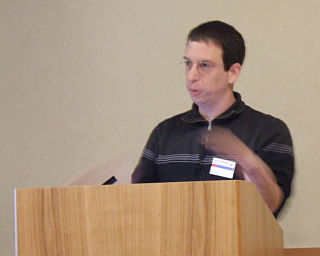
Dan Boneh is an Israeli–American professor in applied cryptography and computer security at Stanford University.
Mihir Bellare is a cryptographer and professor at the University of California San Diego. He holds a Bachelor of Science degree from the California Institute of Technology and a Ph.D. from Massachusetts Institute of Technology. He has published several seminal papers in the field of cryptography, many of which were co-written with Phillip Rogaway. Bellare has published a number of papers in the field of Format-Preserving Encryption. His students include Michel Abdalla, Chanathip Namprempre, Tadayoshi Kohno and Anton Mityagin. Bellare is one of the authors of skein.

The Encyclopedia of Cryptography and Security is a comprehensive work on Cryptography for both information security professionals and experts in the fields of Computer Science, Applied Mathematics, Engineering, Information Theory, Data Encryption, etc. It consists of 460 articles in alphabetical order and is available electronically and in print. The Encyclopedia has a representative Advisory Board consisting of 18 leading international specialists.
Nigel Smart is a professor at COSIC at the Katholieke Universiteit Leuven and Chief Academic Officer at Zama. He is a cryptographer with interests in the theory of cryptography and its application in practice.

Yvo G. Desmedt is the Jonsson Distinguished Professor at the University of Texas at Dallas, and in addition Chair of Information Communication Technology at University College London. He was a pioneer of threshold cryptography and is an International Association for Cryptologic Research Fellow. He also made crucial observations that were used in the cryptanalysis of the Merkle–Hellman knapsack cryptosystem and observed properties of the Data Encryption Standard which were used by Eli Biham and Adi Shamir when they invented differential cryptanalysis.
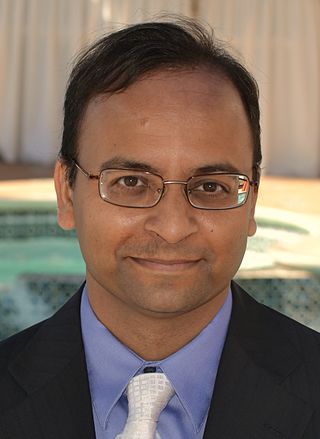
Amit Sahai is an Indian-American computer scientist. He is a professor of computer science at UCLA and the director of the Center for Encrypted Functionalities.
Shai Halevi is a computer scientist who works on cryptography research at Amazon Web Services.
Jan Leonhard Camenisch is a Swiss research scientist in cryptography and privacy and is currently the CTO of DFINITY. He previously worked at IBM Research – Zurich, Switzerland and has published over 100 widely cited scientific articles and holds more than 70 U.S. patents.
Ran Canetti is a professor of Computer Science at Boston University. and the director of the Check Point Institute for Information Security and of the Center for Reliable Information System and Cyber Security. He is also associate editor of the Journal of Cryptology and Information and Computation. His main areas of research span cryptography and information security, with an emphasis on the design, analysis and use of cryptographic protocols.
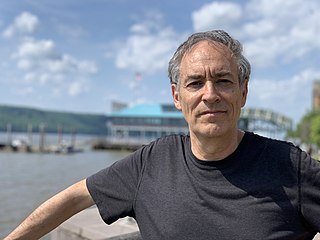
Hugo Krawczyk is an Argentine-Israeli cryptographer best known for co-inventing the HMAC message authentication algorithm and contributing in fundamental ways to the cryptographic architecture of central Internet standards, including IPsec, IKE, and SSL/TLS. In particular, both IKEv2 and TLS 1.3 use Krawczyk’s SIGMA protocol as the cryptographic core of their key exchange procedures. He has also contributed foundational work in the areas of threshold and proactive cryptosystems and searchable symmetric encryption, among others.












